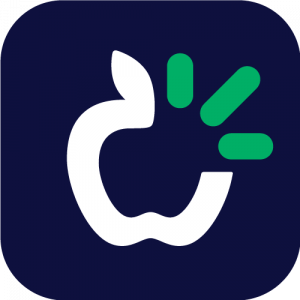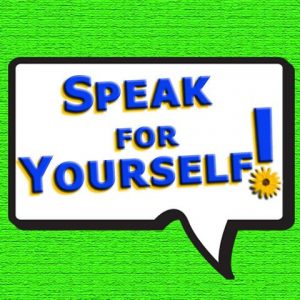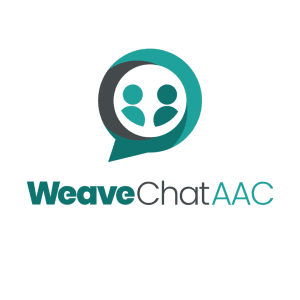Just Joking: Language and humor
The development of humor is dependent on cognitive and language development. Humor is important for children because being able to tell jokes and laugh with others helps them interact and make friends.
Keep it Silly Sentences
I have had such fun using Erik Raj's Silly Sentence Articulation ! Contrary to the name this is NOT only an articulation app. The app is a collection of 600 silly sentences which...
March on to YappGuru
More and more clinicians are turning to technology to facilitate learning. The ipad is engaging, motivating and has a number of benefits which I highlighted in my post "why should you buy an ipad...
Main Street Memory: App Review
Main Street Memory app from Virtual Speech Center is a delightful app to target auditory processing and recall of instructions. The app can be used with both children and adults. The app is set in...
5 Reasons to play board games
Make no mistake. I love my iPad. I love the versatility that the apps give me. I love the engagement that it offers for kids. I love how cool they think I am because I use my iPad in therapy (yes I...
Pronoun Heroes: App Review
Pronoun usage is an early language skill. Toddlers start to use the pronouns me, my, and mine at around 2 years old and with it comes their assertion of independence. Some children battle with the...
`Proloquo2Go
TouchChat with WordPower
Snap+Core First
Grid for iPad
SpeakforYourself[
WeaveChat
AAC is short for Augmentative and Alternative Communication
Source: AssistiveWare
Communication devices, systems, strategies and tools that replace or support spoken language are known as augmentative and alternative communication (AAC). These tools support a person who has difficulties communicating using speech.
The first “A” in AAC stands for Augmentative Communication. When you augment something, you add to it or supplement. Augmentative communication is when you add something to your speech (eg. sign language, pictures, a letter board). This can make your message clearer to your listener.
The second “A” in AAC stands for Alternative Communication. This is when you are not able to speak. It is also when your speech is not understood by others. In this case, you need a different way to communicate.
Basically, AAC can be tools, systems, devices or strategies. These tools help a person communicate, when they cannot rely on speech. Perhaps your child has not started talking. Perhaps you have lost your ability to speak. Perhaps your speech comes and goes. Maybe speaking is harder than other ways to communicate. AAC can help.













